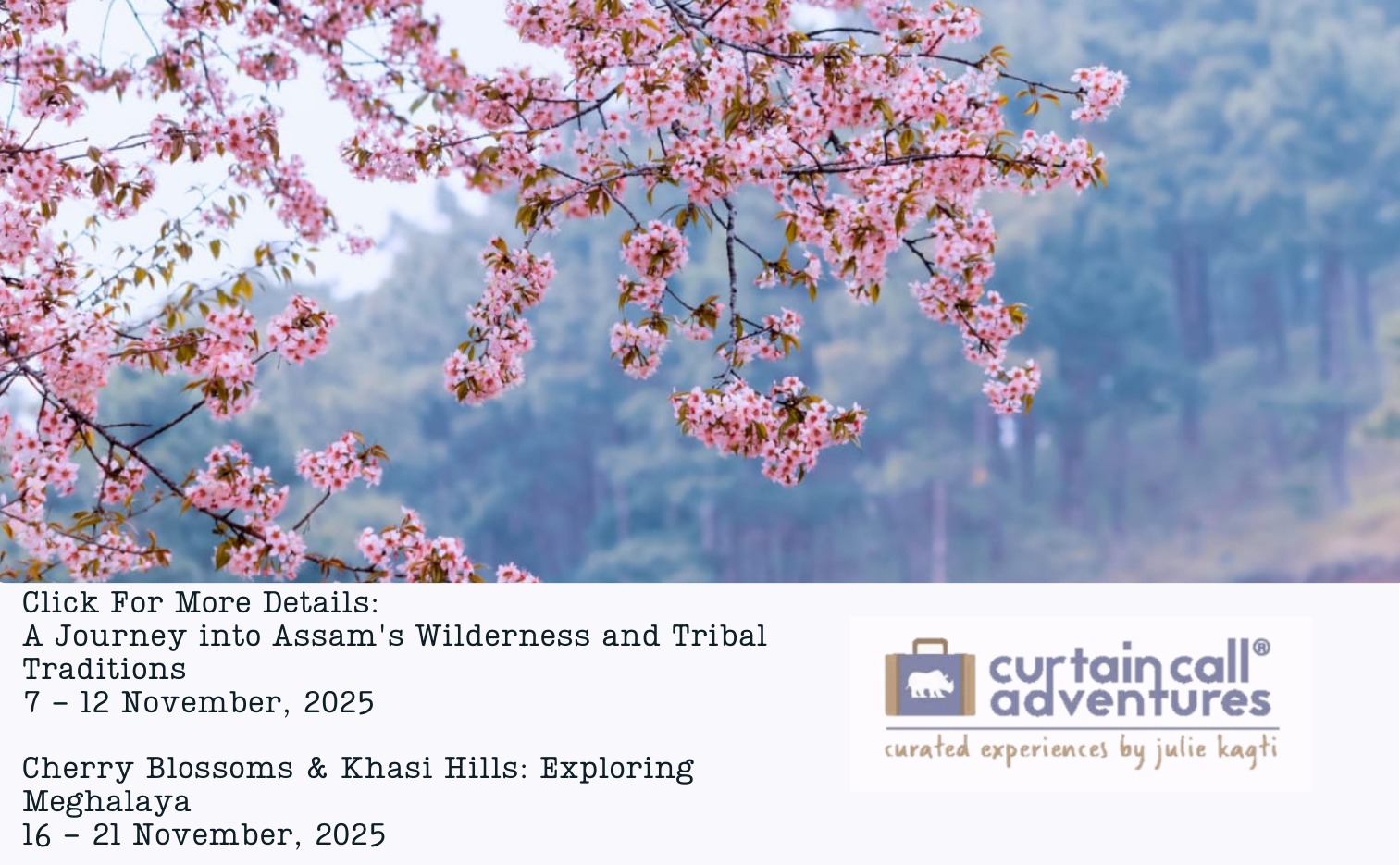Nestled in the floodplains of the Brahmaputra River in Assam, Kaziranga National Park is a sanctuary of biodiversity and a global conservation success story. Famous for sheltering the world’s largest population of one-horned rhinoceroses, it represents the triumph of sustained conservation, community involvement, and eco-tourism. From its rich legends and cultural heritage to its innovative preservation strategies and growing popularity as a tourist destination, Kaziranga exemplifies how nature and human effort can co-exist and thrive together. In recent years, the park has not only become a hub of wildlife tourism but also a beacon of responsible environmental stewardship.
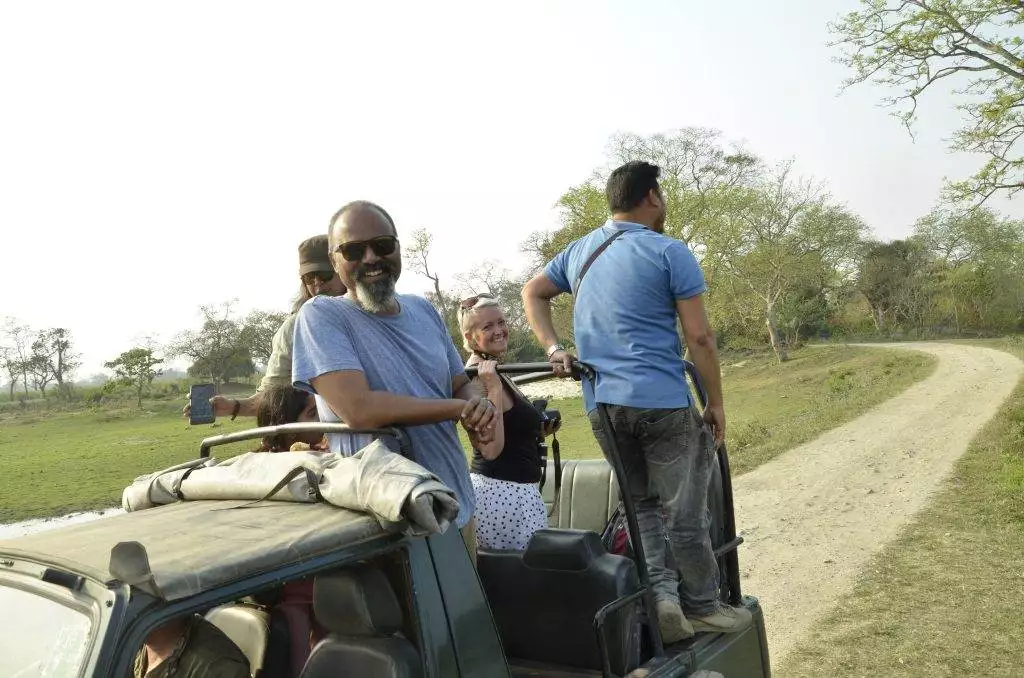
Cultural and Mythological Significance
While Kaziranga’s wildlife is well known, its cultural significance is equally compelling. The origin of the name “Kaziranga” is steeped in folklore passed down through generations. According to one legend shared by local author Padma Gogoi, a childless couple named Kazi and Rangai lived in the area. Following the advice of the saint Srimanta Sankardeva, they dug a pond in an act of faith. This site later came to be associated with their names, eventually evolving into “Kaziranga.”
The Karbi community offers another version through the story of Kajir Ronghangpi, a celestial goddess who is believed to have descended to Earth in the Kaziranga region. She brought with her paddy seeds and rhinos, which she used to till the land. In Karbi folklore, rhinos are sacred and are seen as symbols of prosperity. These stories reflect the deep cultural reverence for nature that exists in the region and underscore the historical ties between the local communities and the wildlife.
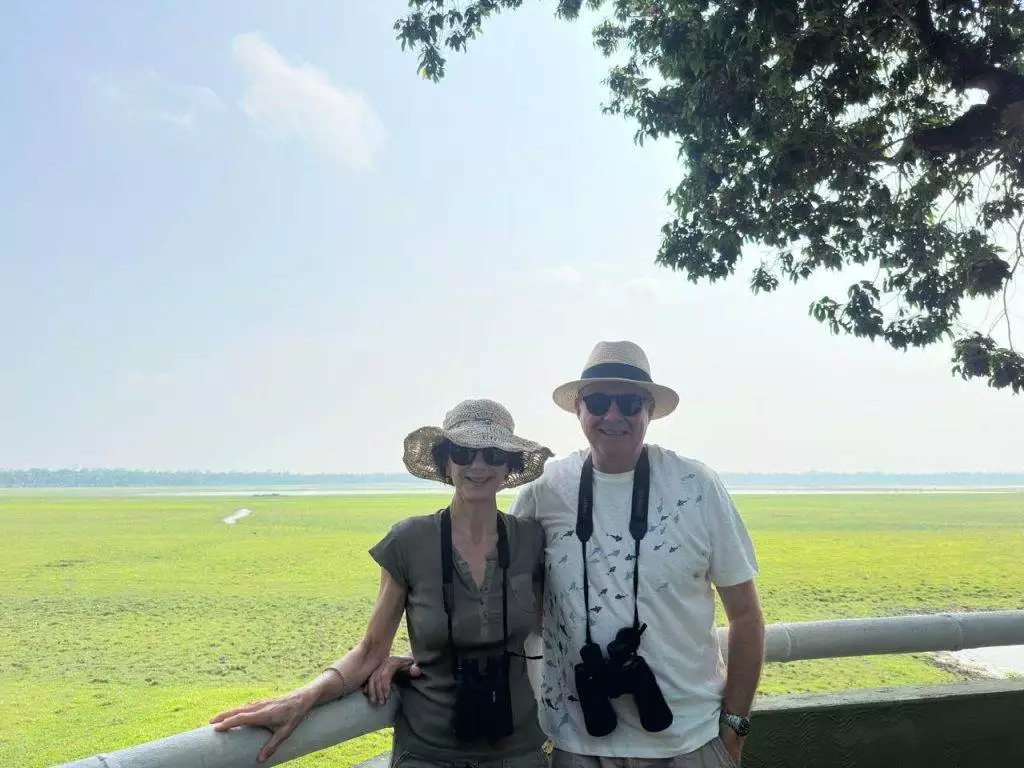
Establishment and Evolution of the Park
Kaziranga’s journey from a hunting ground to a national park began in 1904, when Lady Curzon, the wife of Lord Curzon, visited Assam. Hearing of the rare one-horned rhino, she ventured into the region, but failed to spot any, though she did see their pugmarks. Her concern for the dwindling rhino population prompted her husband to initiate steps toward their protection.
On June 1, 1905, Kaziranga was declared a reserve forest, covering 232 sq kms. It was later named Kaziranga Wildlife Sanctuary in 1950. The Assam National Park Act passed in 1968 provided further legislative backing, culminating in Kaziranga being declared a national park in 1974. Recognizing its outstanding ecological value, UNESCO designated it a World Heritage Site in 1985.
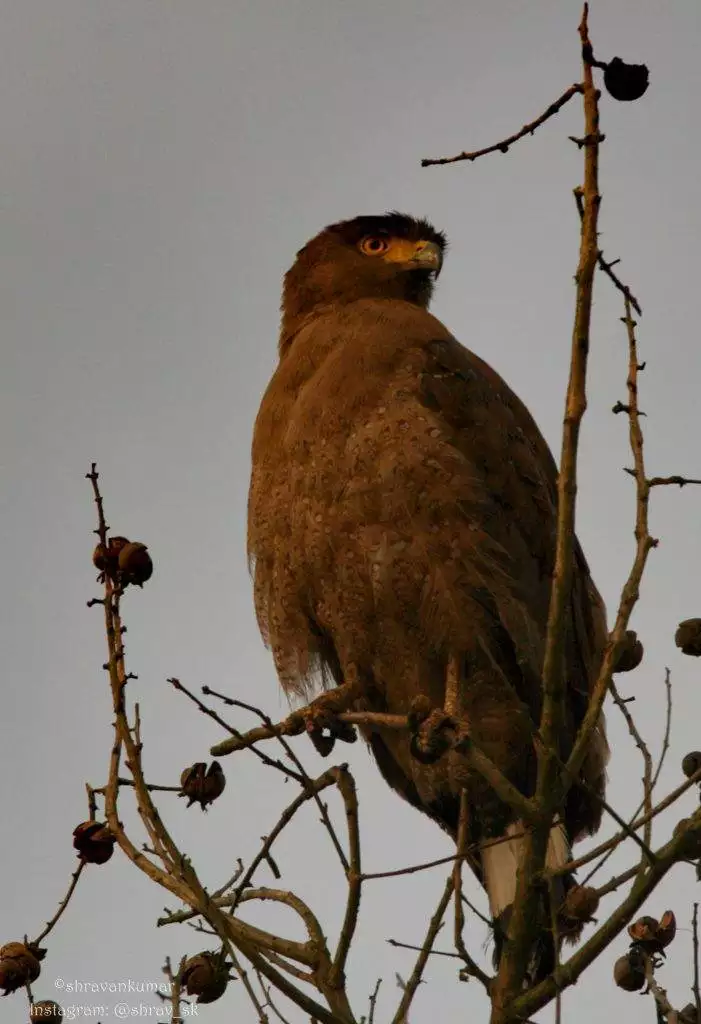
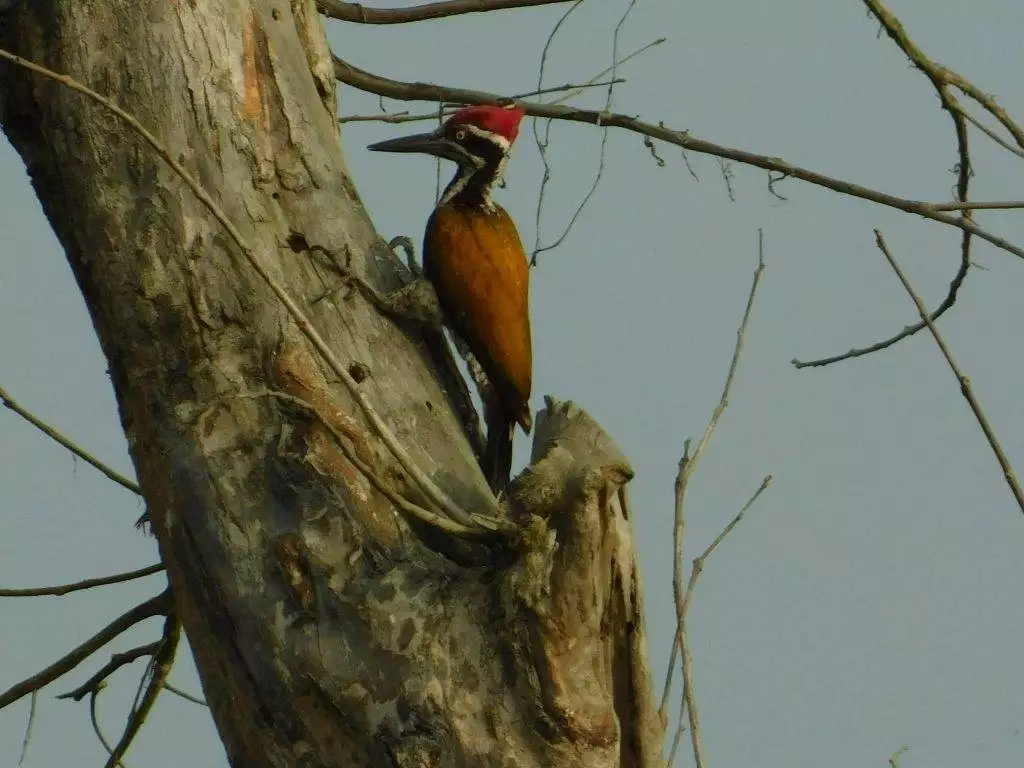
Biodiversity and Ecosystem Dynamics
Kaziranga boasts a unique ecosystem shaped by the annual flooding of the Brahmaputra River. The park features tall elephant grasslands, semi-evergreen and deciduous forests, marshes, and numerous water bodies or beels. These varied landscapes provide a haven for a wide range of flora and fauna.
The park is home to the famed “Big Five”—one-horned rhinoceroses, Bengal tigers, Asiatic elephants, wild water buffalo, and eastern swamp deer. As of 2022, the rhino population stood at 2,613, accounting for about 70% of the global total. Kaziranga is also one of the few places in India where tigers and rhinos coexist in large numbers, making it a significant stronghold for both species.
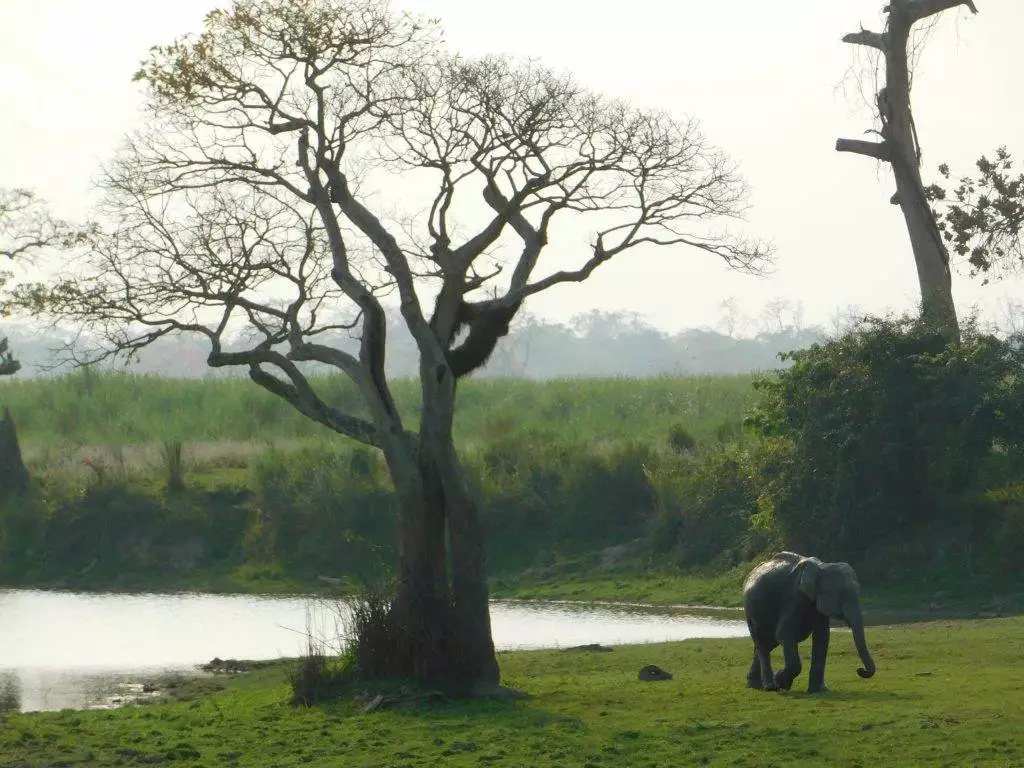
Apart from large mammals, Kaziranga shelters species such as pangolins, sloth bears, jackals, civets, and the rare hispid hare. It is an Important Bird Area(IBA), hosting both migratory and resident bird species, and supports a variety of reptiles including Indian rock pythons, reticulated pythons, and king cobras.
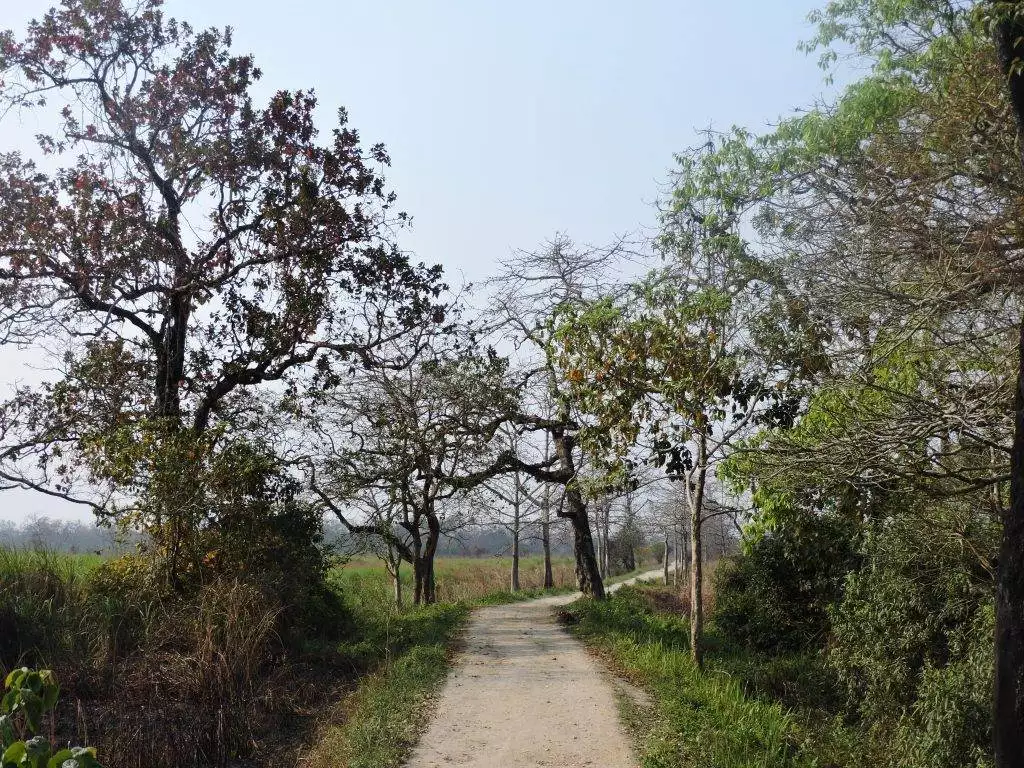
The park’s dynamic ecological processes—such as riverbank erosion, silt deposition, and forest succession—play a critical role in shaping the landscape and maintaining the balance of the ecosystem. Wetlands within the park are vital breeding grounds for aquatic life and are crucial in maintaining the hydrological balance.
Conservation Success and Growth in Tourism

Kaziranga’s most significant achievement is the recovery of the one-horned rhinoceros population. From just around 500 in 1975, the population has grown fivefold thanks to effective patrolling, anti-poaching units, and community engagement. This success has placed Kaziranga at the centre of global conservation narratives.
Tourism in Kaziranga has seen a steady rise. Between October 2023 and May 2024, over 443,000 visitors explored the park—a 35% increase from previous years. International tourist numbers also rose by 25%, indicating growing global recognition. Kaziranga now ranks as the third most visited national park in India, after Periyar and Ranthambore.
Sustainable Tourism and Community Initiatives
Kaziranga’s tourism model emphasizes sustainability. The park has embraced eco-tourism through initiatives like electric safari vehicles, improved visitor infrastructure, and eco-lodges that blend seamlessly with nature. Community-based tourism plays a key role, with local people employed in hospitality, guiding, and handicraft production.
One of the most successful initiatives is the network of eco-shops run by the Kaziranga Staff Welfare Society. These shops support tribal communities by selling eco-friendly goods made by local Eco Development Committees, thus providing livelihoods while promoting sustainable consumption.
Kaziranga Orchid National Park
A few kms from the central Kaziranga range lies the Kaziranga Orchid National Park—Northeast India’s largest orchid sanctuary. Spread across six acres, it houses over 500 species of wild orchids, along with 132 species of sour fruits and leafy vegetables, 46 bamboo species, and 12 cane varieties.

The orchids are carefully preserved in greenhouse environments that replicate their natural conditions. In addition to wild orchids, the park displays hybrid species developed from native strains. It serves as both a conservation center and an educational hub, offering insights into the region’s botanical richness.
Challenges and the Road Ahead
Despite its successes, Kaziranga faces pressing challenges. Climate change poses serious threats through rising temperatures, erratic rainfall, and shifting flood patterns, which affect species distribution and habitat stability. Habitat fragmentation due to agriculture, road construction, and tourism infrastructure also threatens the integrity of wildlife corridors.
Human-wildlife conflict remains a significant concern, particularly in buffer zones and surrounding villages. Crop damage by elephants and other animals often leads to retaliatory actions, highlighting the urgent need for better mitigation strategies, compensation mechanisms, and awareness programs.
Kaziranga National Park is a shining example of what coordinated conservation, community participation, and thoughtful tourism can achieve. It offers a blueprint for other protected areas grappling with similar ecological and social complexities. Through integrated efforts involving government bodies, local communities, NGOs, and tourists, Kaziranga continues to thrive as a biodiversity hotspot and a symbol of hope for global wildlife conservation.
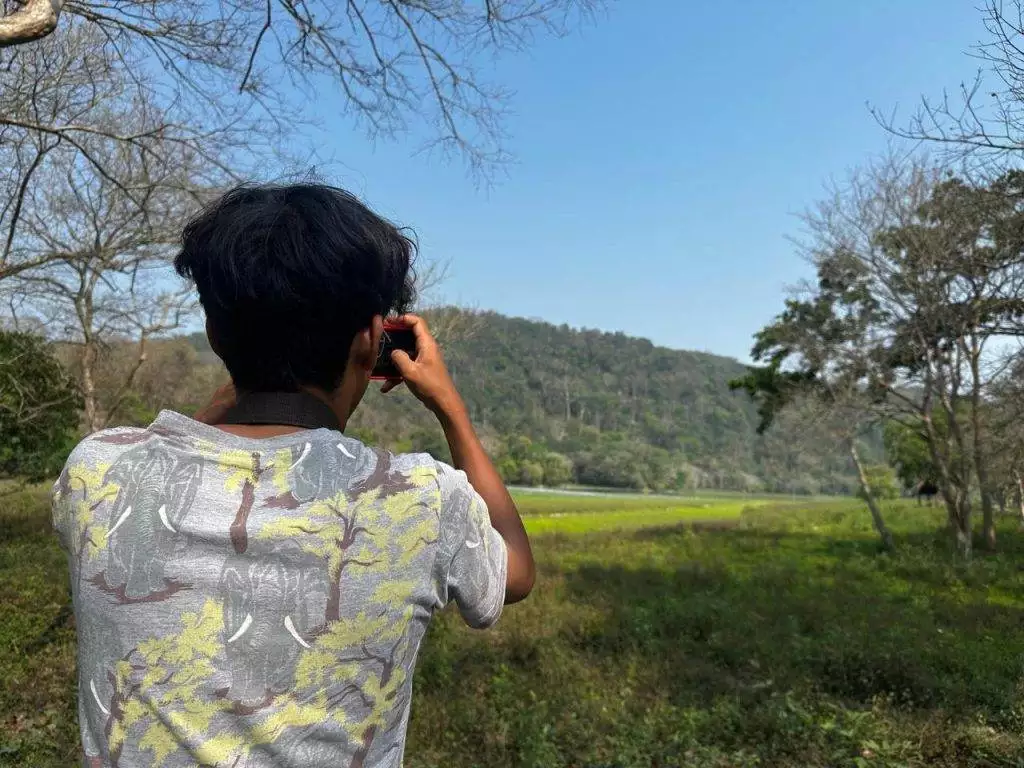
As environmental challenges mount, the continued success of Kaziranga will depend on adaptive management, technological innovation, and an unwavering commitment to preserving its natural heritage. For the world, Kaziranga remains not just a national treasure, but a global model of sustainable conservation.
Relevant Information
Kaziranga National Park is generally open to visitors from November to April. The park is closed during the monsoon season due to flooding. Jeep safaris typically operate in two shifts: morning (around 7:30 AM to 10:00 AM) and afternoon (around 1:30 PM to 3:00 PM). Elephant safaris are usually scheduled for early mornings, with the first shift around 5:30 AM to 7:30 AM and the second around 6:30 AM to 7:30 AM. Exact timings and availability may vary slightly depending on the specific range and weather conditions.
Advance booking for safaris is highly recommended, especially for elephant safaris, as availability is limited and demand is high.
All visitors must follow park regulations, which include remaining within designated areas and being accompanied by authorized escorts at all times. The use of plastic and littering within the park is strictly prohibited to help preserve its pristine environment and protect wildlife.
Kaziranga is an exciting stop on our Chota Assam itinerary this April. During your two-day stay amidst the park’s lush landscapes, you’ll get the chance to experience both morning and evening wildlife safaris. Accompanied by a knowledgeable naturalist, you’ll gain deeper insights into Kaziranga’s diverse wildlife and unique ecosystem, making your visit both adventurous and enriching.

